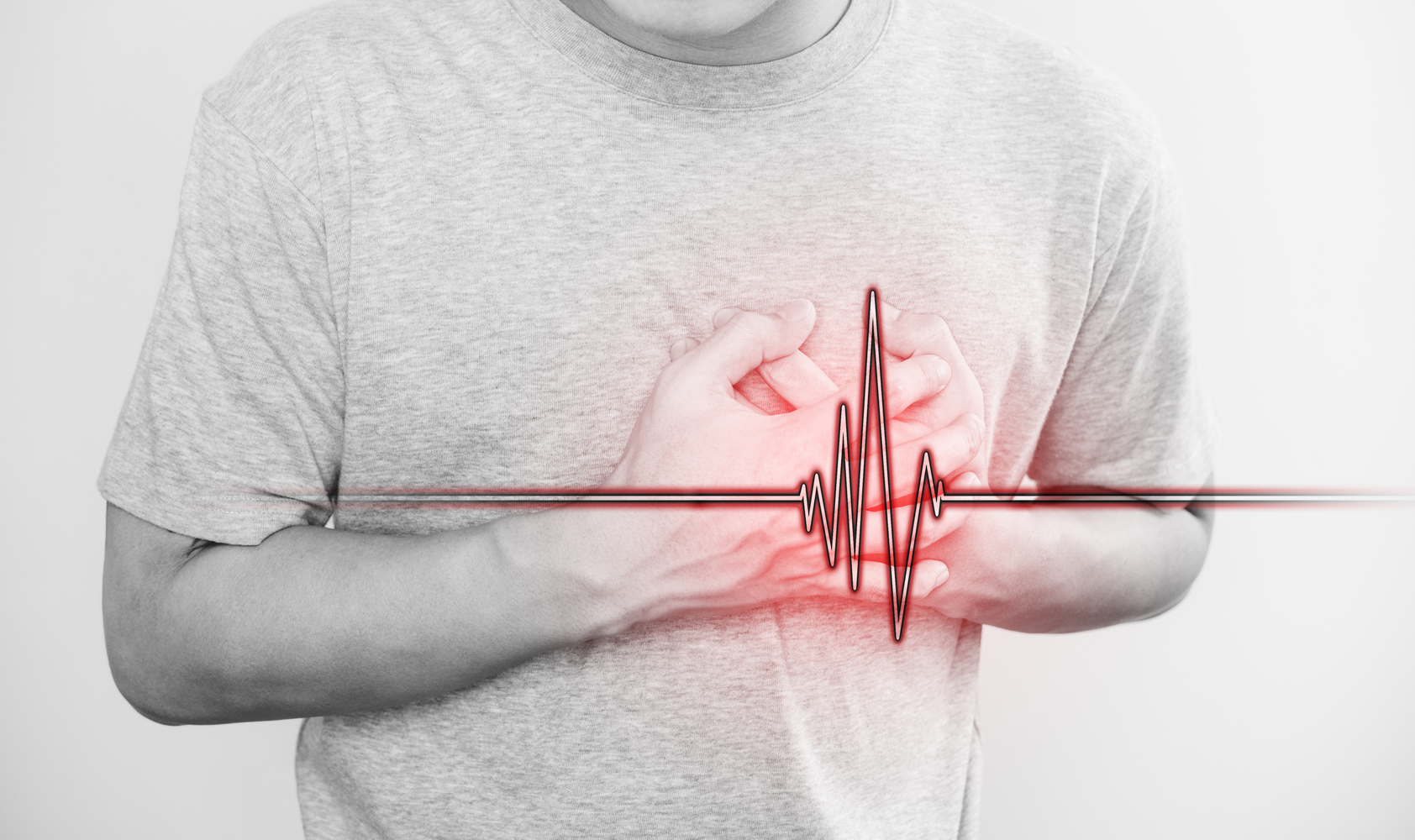Innovations in Heart Valve Repair: Techniques, Benefits, and Recovery Strategies
This comprehensive article explores advanced heart valve surgery, including procedures like TAVR and traditional methods, benefits such as improved blood circulation and symptom relief, and essential post-operative care tips. It provides insights into choosing between biological and mechanical valves, highlighting risks and advantages. Ideal for patients and caregivers, the guide emphasizes the importance of early intervention, proper recovery practices, and ongoing medical follow-up to ensure optimal heart health and longevity.

Innovative Approaches to Heart Valve Surgery: Goals, Procedures, and Post-Operative Care
The human heart performs vital functions such as pumping blood, delivering oxygen, and nourishing tissues with essential nutrients. When heart valve problems arise, they can significantly impair these functions, posing serious health risks. Modern cardiac surgery has evolved to include highly specialized techniques aimed at repairing or replacing faulty heart valves. Among these, aortic valve surgery stands out for its effectiveness in treating severe valve diseases. The procedure involves replacing a damaged or constricted aortic valve with a prosthetic device to restore normal blood flow and improve overall cardiac function.
Understanding Aortic Valve Surgery
This surgical intervention is primarily recommended for patients suffering from aortic stenosis, a condition characterized by the narrowing of the aortic valve opening. Aortic stenosis hampers the blood flow from the heart to the rest of the body, leading to symptoms such as fatigue, chest pain, and breathlessness. By replacing the diseased valve with a new one — either biological or mechanical — surgeons aim to alleviate these symptoms and prevent progression to heart failure.
Benefits of Heart Valve Replacement Surgery
1. Improved Circulatory Efficiency
One of the primary benefits of timely valve repair or replacement is restoring normal blood circulation. Valve diseases, especially when untreated, can lead to reduced blood flow, causing vital organs to receive insufficient oxygen and nutrients. According to recent medical studies, over 60% of deaths linked to valve disorders are due to complications from aortic valve issues. Surgical intervention widens the constricted valve, enabling blood to flow unimpeded and improving oxygen delivery throughout the body.
2. Relief from Chest Pain and Respiratory Difficulties
Patients with narrowed valves often experience chest discomfort, shortness of breath, and fatigue due to increased pressure within the heart. These symptoms can significantly impair quality of life. Replacing the damaged valve reduces the workload on the heart, decreasing pressure buildup and alleviating symptoms such as chest pain and breathing problems.
3. Prevention of Fainting and Dizziness
Elevated pressure within the heart's left ventricle can lead to decreased blood flow to the brain, resulting in dizziness and fainting spells. Surgical correction helps stabilize these pressures, reducing the risk of falls and associated injuries, thereby enhancing patient safety and daily functioning.
4. Long-Term Survival and Quality of Life
Successful valve replacement significantly extends life expectancy and improves quality of life by preventing the progression of heart failure and related complications. Patients typically experience increased energy levels and enhanced physical capacity post-surgery.
Different Surgical Approaches and Their Methodologies
Open-Heart Valve Replacement
Traditional open-chest surgery involves making a large incision through the sternum (breastbone) to access the heart. Surgeons then remove the diseased valve and replace it with a prosthetic device. Although this method has a high success rate, it carries inherent risks, including bleeding, infection, arrhythmias, and longer recovery times. Advances in minimally invasive techniques have helped reduce some of these risks, offering options tailored for patient needs.
Transcatheter Aortic Valve Replacement (TAVR)
This minimally invasive procedure is increasingly popular for high-risk or elderly patients who might not tolerate open surgery. It involves guiding a collapsible replacement valve to the heart via a catheter inserted through blood vessels such as the femoral artery in the groin. Once positioned, the device is expanded to replace the native valve. TAVR significantly shortens recovery time, reduces hospital stay, and lowers procedural risks compared to traditional surgery.
Choosing Between Biological and Mechanical Valves
Biological Valves
Constructed from animal tissues like pig (porcine) or cow (bovine), or human donor tissues, biological valves are less likely to cause blood clots. However, they tend to wear out within approximately ten years, which may necessitate subsequent surgeries. They are often preferred for older patients or those contraindicated for long-term anticoagulation therapy.
Mechanical Valves
Designed to mimic natural valve function with durable materials such as titanium or carbon compounds, mechanical valves offer a lifespan of several decades. The main drawback is the increased risk of clot formation, requiring lifelong use of blood-thinning medications like warfarin. Patients with mechanical valves need regular monitoring to prevent complications associated with anticoagulation therapy.
Post-Operative Recovery and Care
1. Heart-Healthy Nutrition
Proper nutrition plays a vital role in supporting heart health during recovery. Diets rich in leafy greens, avocados, whole grains, fatty fish like salmon, nuts, and legumes provide essential nutrients that support cellular repair, reduce inflammation, and improve cardiovascular function.
2. Stress Management Techniques
Post-surgery, managing emotional and physical stress is critical. Techniques such as mindfulness, meditation, deep-breathing exercises, and engaging in hobbies can promote relaxation. Reducing work-related pressures and seeking emotional support from loved ones or support groups can further enhance healing.
3. Gradual Physical Activity
Engaging in gentle, supervised activities like walking, stretching, or cycling can help restore stamina, improve circulation, and prevent complications related to inactivity. It’s important to follow your cardiologist’s guidelines to avoid overexertion and ensure safe recovery.
4. Regular Medical Follow-Ups
Monitoring the prognosis post-surgery through routine check-ups and echocardiograms ensures the early detection of potential issues, enabling timely intervention and maintaining long-term heart health.




